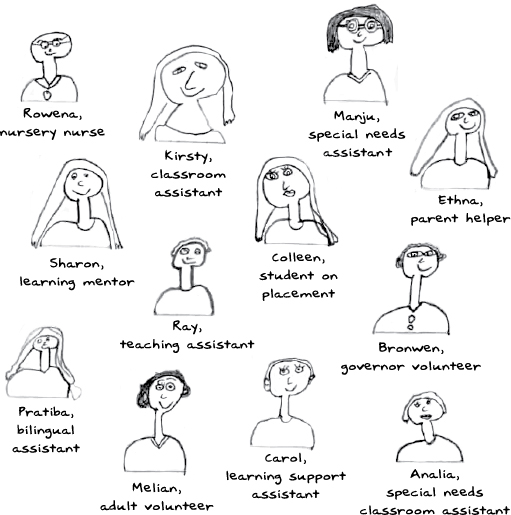1 The rise of assistants
To gain a better understanding of the teaching assistant’s role, it is helpful to consider the ways in which different kinds of professionals are supported by assistants more widely. Just as there are teaching assistants in schools, there are equivalent roles in other areas of work. For instance, in the health service the work of nurses is supported by health care assistants, and in social work personal assistants provide support to children in care (‘looked-after children’). Ian Kessler (2002) suggests the following reasons for these developments:
- In many areas of the UK, there have been growing problems recruiting and retaining qualified professionals such as nurses and teachers.
- There has been, from successive governments, a wish to ‘modernise’ public services to make them more responsive to their ‘clients’ and more cost efficient.
- There is a belief that established professional attitudes and practices should be challenged and improved, and that professionals should develop increased flexibility in their ways of working.
As well as these overarching reasons for employing assistants, two main factors have been linked to their employment in schools. Firstly, the move towards inclusive education has resulted in the appointment of learning support assistants to give close support to children with complex learning and behaviour needs in mainstream classrooms. Secondly, the devolving of budgets to schools by local authorities and government has enabled head teachers to employ increasing numbers of teaching assistants as a cost-effective way of providing support to hard-pressed classroom teachers.

